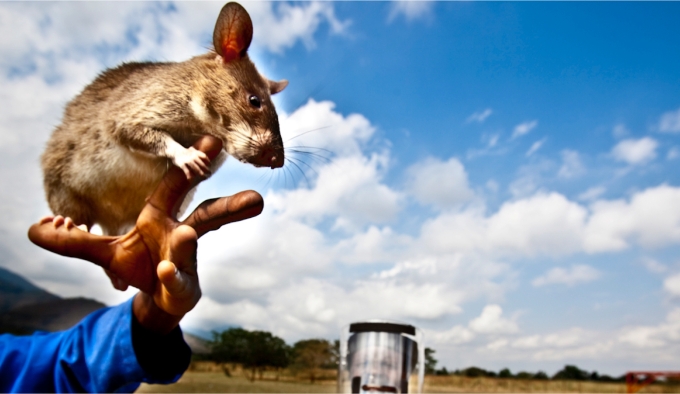
The use of e-cigarettes continues to dramatically increase, and the debate over their safety and appropriate use has heated up, in parallel. We as pulmonary clinicians are called upon to advise our patients and others about e-cigarettes, which presents challenges given the current limitations of the data upon which our advice should be based. What do we say?
At first glance the use of e-cigarettes appears to be an attractive option. Evaluation of the ingredients and particulates associated with e-cigarette vapors has demonstrated a substantial decrease in carcinogens compared with the traditional cigarette…E-cigarettes can deliver nicotine in a form that is familiar to the traditional smoker, yet lacks many of the harmful constituents of cigarette smoke. The optimist envisions a cohort of multi-pack year smokers switching to the e-cigarette with a resultant rapid decrease in risks of heart disease, chronic lung disease, and cancer. But is this optimism justified by empiric evidence of safety, and favorable data on patterns of use, or is this simply wishful thinking?…
Most defenders of e-cigarette use base their perspective on the concept of harm-reduction, and the assumption that the only users of e-cigarettes are or will be current tobacco smokers looking for a safer cigarette. One of the early concerns with the e-cigarette, however, was that it might introduce young, nontobacco users to nicotine addiction, and there is recent evidence to support the validity of that concern. A recent cross-sectional survey-based study reported on trends of e-cigarette use from 2010 through 2013. E-cigarette use increased dramatically over this interval. The highest prevalence of use was among very young adults, ages 18-25. A third of current e-cigarette users were nonsmokers and 1.4% were never-smokers…
The trend toward younger groups being aware of and using e-cigarettes is also on the rise. A survey of 4,780 middle school and high school students from Connecticut identified a high rate of awareness, as well current and lifetime use, of e-cigarettes among those students…Additionally, a study that sought to gauge “openness” to starting tobacco products identified the use of e-cigarettes as a significant factor in being likely to try tobacco products in the future…
What all of these studies tell us collectively is that the cohort of e-cigarette users is growing, young, and open to using both e-cigarettes and traditional tobacco products — not a group of seasoned smokers trying to quit or looking for an alternative to the traditional cigarette. The e-cigarette may well contribute to an overall increase in nicotine addiction.
E-cigarettes have not been marketed as cessation aids (as doing so would have implications for FDA regulation) but have been advocated for this purpose, and many smokers have purchased these products as a way to stop smoking. Despite anecdotal reports that suggest effectiveness, there is not good evidence to suggest that e-cigarettes are superior to traditional, FDA-approved approaches to smoking cessation…
Multiple studies have reported on the toxicities that are associated with e-cigarette use. These studies have established that e-cigarettes are associated with increased nausea, vomiting, headache, choking, and upper airway irritation…One study demonstrated that after only 5 minutes of smoking an e-cigarette, subjects’ airway resistance significantly increased from baseline. In these same individuals exhaled FeNO was also decreased indicating that after only 5 minutes of exposure there was a significant change in the biologic function of the lung.
In other words, don’t believe the bullshit and quit smoking via reliable, proven means and methods. And don’t let your kids feed you a snowjob about e-cigarettes being a truly safe alternative to regular cigarettes. You lose. They lose.


